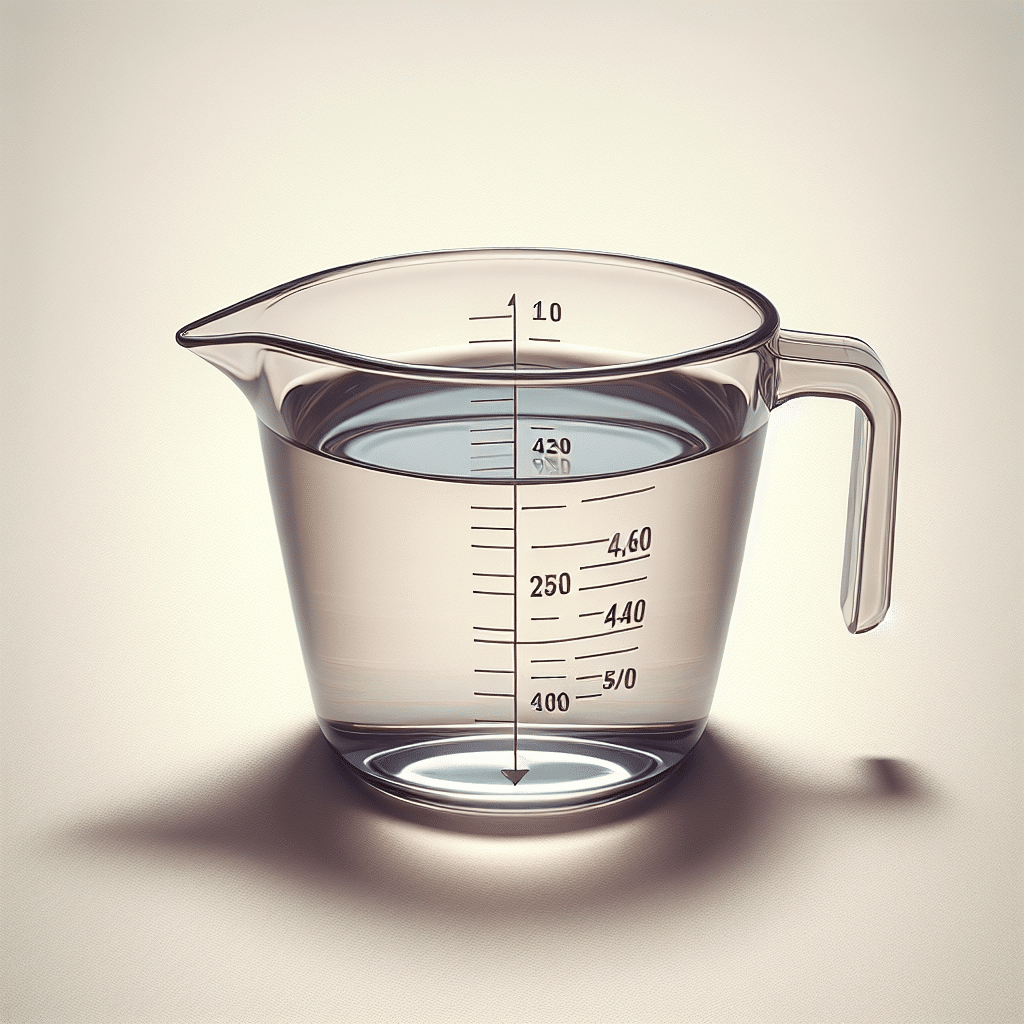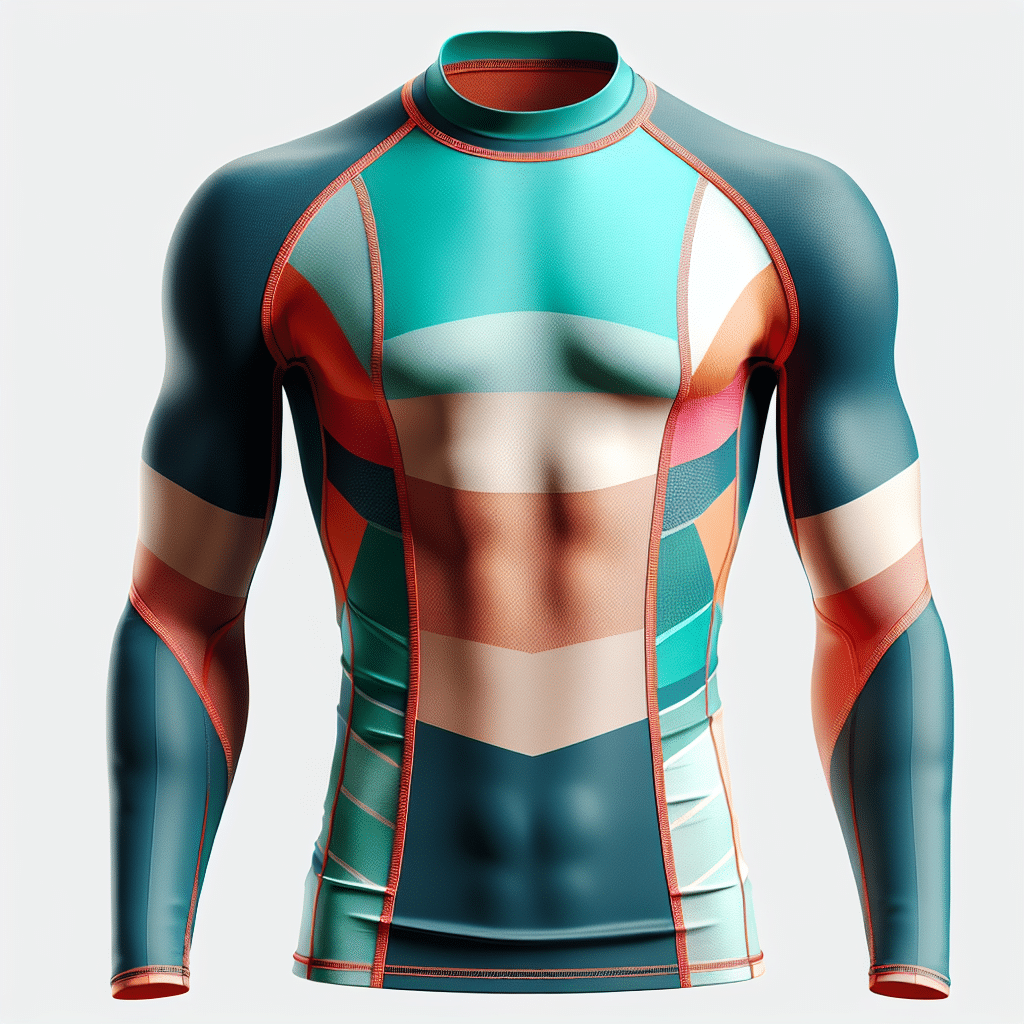What is a quarter cup? A quarter cup is a common measurement in cooking, equivalent to 2 fluid ounces or approximately 59.15 milliliters. It represents one-fourth of a standard cup, which is a primary unit of measure in the United States for both liquid and dry ingredients. This measurement is crucial in various culinary recipes, helping ensure accuracy and consistency in cooking and baking. Understanding how to properly measure a quarter cup can greatly affect the outcome of your dishes, making this knowledge essential for both novice and experienced cooks. In terms of practical applications, items that can be measured in a quarter cup include sugar, flour, and liquids such as oil or broth, among others. Mastering this measurement and how it translates into food preparation can enhance your cooking skills and confidence in the kitchen.
Understanding the Basics of a Quarter Cup
A quarter cup measurement serves as a fundamental building block in both home cooking and professional culinary practices. To grasp this concept, it is important first to understand the measuring system utilized in the United States, which largely relies on volume rather than weight—making kitchen measurements particularly user-friendly.
Why Use a Quarter Cup?
The quarter cup measurement becomes essential for a variety of reasons:
- Recipe Precision: Accurate measurements facilitate recipe consistency—essential for baking, where incorrect ratios can lead to undesired textures or flavors.
- Ingredient Portioning: In nutrition and dietary planning, understanding how much of an ingredient constitutes a quarter cup can assist individuals in portion control and dietary adjustments.
- Convenience: A quarter cup can represent a manageable quantity, making it a practical choice for smaller recipes or limited ingredient lists.
Measuring Techniques
To measure a quarter cup effectively, use the following techniques:
- Liquid Ingredients: Use a clear liquid measuring cup, filling to the quarter cup line while ensuring the measurement is taken at eye level to avoid parallax error.
- Dry Ingredients: For dry goods, like flour or sugar, scoop the ingredient with a spoon into the measuring cup, then level it off with a straight edge. This prevents compaction, ensuring accuracy.
Conversions and Equivalents
Understanding how a quarter cup fits into various measurement systems can further enhance its utility:
- Fluid Ounces: 1/4 cup equals 2 fluid ounces.
- Milliliters: 1/4 cup translates to approximately 59.15 milliliters.
- Tablespoons: A quarter cup can be converted into 4 tablespoons.
- Teaspoons: This is equivalent to 12 teaspoons.
These conversions are particularly useful when you encounter recipes that may use different measurement systems, allowing you to adapt them easily.
Practical Examples of Using a Quarter Cup
In cooking and baking, you will frequently encounter quarter cup measurements. Here are a few practical instances:
- Baking: Many muffin or cake recipes call for a quarter cup of sugar or butter, impacting taste and texture.
- Cooking: Soups or sauces might require a quarter cup of diced vegetables for flavor enhancement.
- Dressings: Homemade salad dressings often use a quarter cup of oil or vinegar as a base, providing a perfect balance in taste.
Measuring a Quarter Cup: Common Missteps
While measuring a quarter cup might seem straightforward, there are common pitfalls:
- Compacting Ingredients: When measuring dry items, avoid packing them down as this changes the volume and can lead to inaccurate results.
- Using Incorrect Tools: Ensure you are using the appropriate measuring cup (liquid vs. dry) as each is designed for specific types of measurements.
- Eye Level Measurement: Not measuring at eye level can lead to either overestimating or underestimating the amount.
FAQ Section
What is the easiest way to measure a quarter cup?
The easiest way is to use a standard measuring cup and fill it up to the quarter cup line. For liquids, using a clear measuring cup where you can see the measurement levels is beneficial.
Is a quarter cup the same for dry and liquid ingredients?
Yes, a quarter cup measures the same volume regardless of whether you are measuring dry or liquid ingredients, but the techniques for measuring each are different.
Can you give examples of common ingredients that use a quarter cup?
Common ingredients measured in a quarter cup include flour, sugar, rice, broth, oil, and diced vegetables.
How many quarter cups are in a full cup?
There are four quarter cups in a single cup. This conversion is useful when scaling recipes up or down.
What should I do if I don’t have a quarter cup measuring tool?
If you don’t have a quarter cup, you can use four tablespoons, which equal a quarter cup, or measure out 12 teaspoons as an alternative.
Conclusion
Understanding what a quarter cup is and how to measure it accurately is an essential skill in the culinary world. This seemingly simple measurement plays a crucial role in ensuring the success of recipes, whether you’re an amateur cook or a seasoned chef. By grasping how to effectively measure ingredients and familiarize yourself with conversions, you can significantly enhance your cooking and baking competencies. Embracing this foundational knowledge can lead to more confident and creative culinary endeavors.



